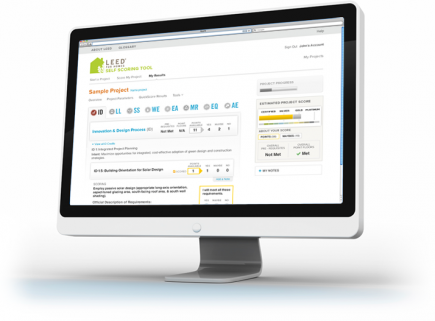Certified Green Homes Have Price Premium
In 2007, the Portland Regional Multiple Listing Service (“RMLS”) began tracking sales of homes with a green certification such as Energy Star, LEED for Homes, or Earth Advantage New Homes. The Earth Advantage Institute, an Oregon-based non-profit doing work in the green building sector, annually reviews this information in order to glean home valuation trends.
Specifically, Earth Advantage found that existing homes with a green certification sold for 30% more than homes without such a certification. Earth Advantage also found that new homes with a green certification sold for 8% more than new homes without a certification. The research is based on sales between May 1, 2010 and April 30, 2011.
In addition, Earth Advantage found that of 2,237 new homes sold in the last year in the Portland RMLS area, 408 of those homes were certified to some green standard. Thus, the Portland area is seeing about 18-20% market share of certified new homes and these homes all have a sizable price premium.
Read the report summary by Earth Advantage Institute.
How does that impact Green homes located in the Midwest? Well first it provides support for general market trends. Furthermore, when you have appraisers calling for collaboration on green home values, and an increasing number of real estate boards adding Green MLS features, local research on cost of ownership, and lenders starting to offer green financing, it paints a pretty rosy picture for continued growth in the green homes market.





